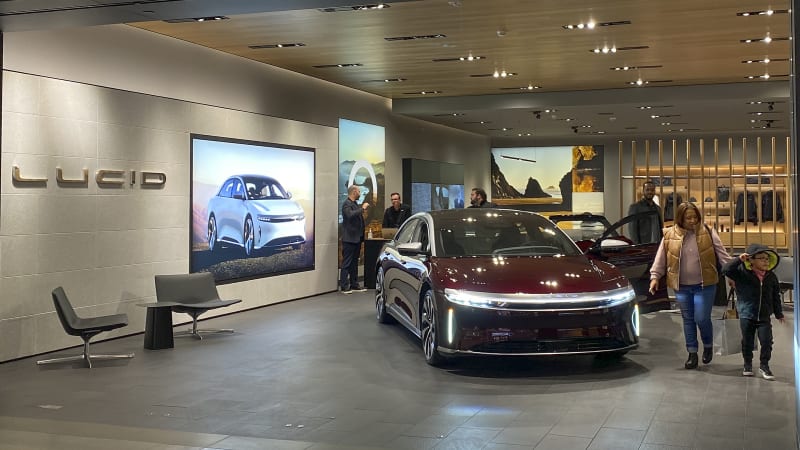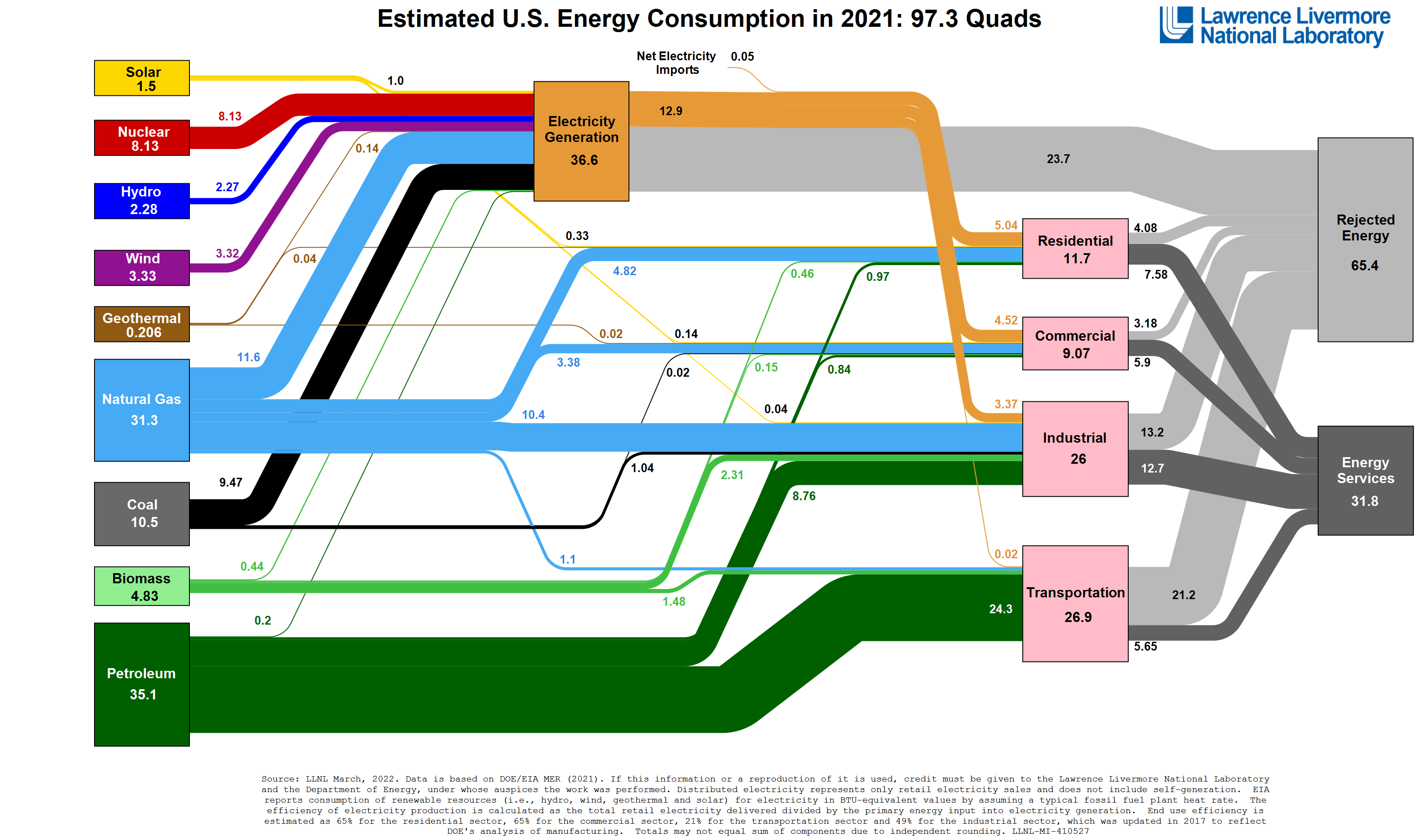and when we see that rejected energy category what does that mean? Where does that come from?
So the rejected energy is a energy that is returned back to the environment and it's lost due to its low temperature. It's unavailable for any use or it has no economic value at all and it's just released back into the environment.
Whenever we transform energy from one form to another we lose some energy to the environment.
The first law of thermodynamics states that energy cannot be created or destroyed and the second law of thermodynamics says that whenever we play around with energy some of its quality gets degraded.
So like when my car engine gets hot that's like some of my oil's energy being wasted back into the environment as a rejected energy.
Exactly.
That's pretty much one of the biggest questions that we get about the flow charts is like people really focus in on that rejected energy and people always wonder if there are ways that we can reduce that rejected energy you know? On an individual level or on a larger level. What do you say to that?
So if you make like a lighter more aerodynamic car you need less energy to give you the service, so you reject less energy in providing it.
So another example might be doing a better job of insulating your house. You need less energy to heat or cool it.
Better energy technology can make transformations of energy more efficient so today's cars even the ones that are bigger and heavier than the cars from the 1970s get much better mileage because of better engine technology.
Things like fuel injection and turbo charging and low friction materials or another example would be LED lights that provide us with better more controllable illumination than incandescent bulbs and they create a lot less heat in the process.






